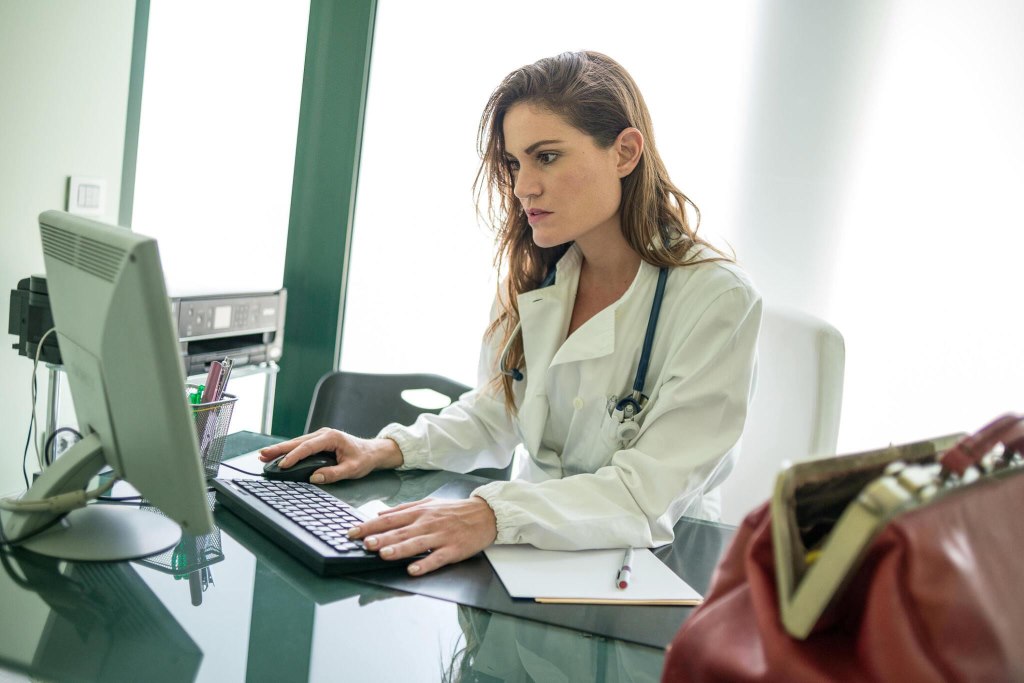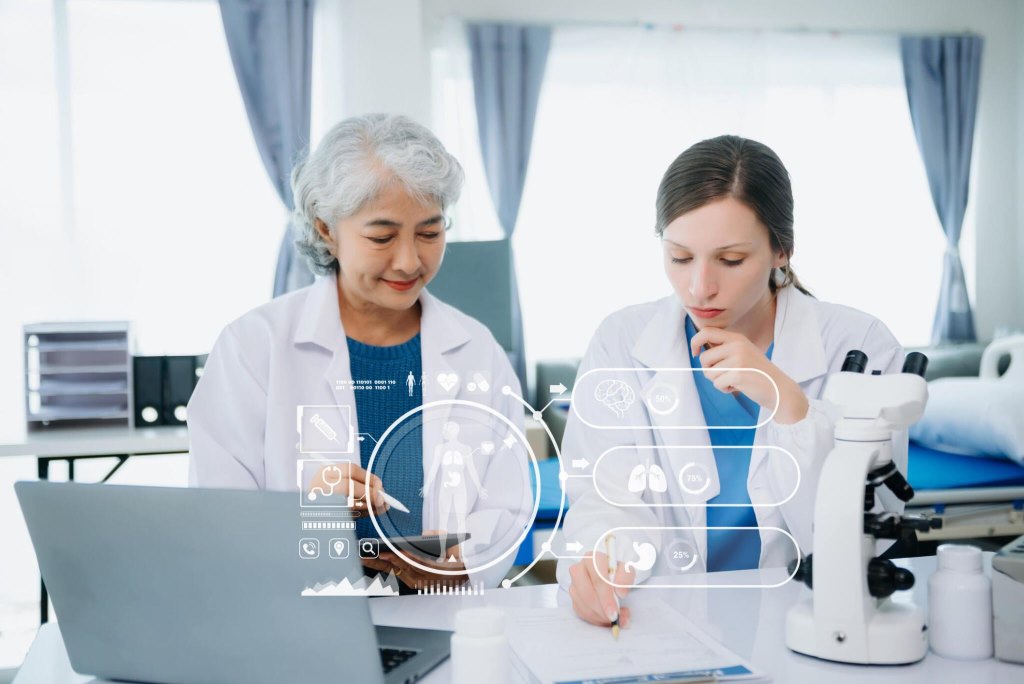Effective healthcare communication is a global imperative, and in Italy, where language diversity is prevalent, overcoming linguistic barriers is paramount.
Italian medical translation emerges as a crucial tool to ensure accurate and compassionate care in a healthcare landscape that serves both natives and a growing number of international residents and visitors.
This intersection of language and healthcare underscores the need for specialized translation services that cater to a diverse patient demographic.
Language and Healthcare Delivery
Clear communication is fundamental in healthcare, impacting accurate diagnosis, informed decision-making, and overall patient outcomes. In Italy, where Italian is the official language, non-native speakers face challenges expressing symptoms and understanding medical advice.
This necessitates the integration of Italian Translation Service in healthcare to bridge language gaps and improve the quality of healthcare services. Language, being the conduit of healthcare information, demands a nuanced approach to translation to preserve accuracy and foster patient trust.
Necessity of Italian Medical Translation
With an increasing number of residents and visitors from around the world, the demand for Italian medical translation services has surged. The translation of medical records and documents becomes crucial for understanding a patient’s medical history, ensuring continuity of care, and informed decision-making.

The provision of skilled interpreters during medical consultations further enhances the accuracy of diagnosis and the overall patient experience. These translation services are not mere conveniences, they are essential components in the delivery of equitable healthcare for diverse populations.
Cultural Sensitivity in Translation
Beyond linguistic accuracy, cultural sensitivity plays a vital role in Italian medical translation. Understanding diverse cultural beliefs, practices, and attitudes toward health is essential for creating a healthcare journey where patients feel comfortable sharing crucial information.
Culturally sensitive translators navigate nuances to provide translations that are not only accurate but also culturally appropriate. The intersection of language and culture underscores the importance of translation services that go beyond literal interpretation, ensuring a holistic approach to patient care.
Technological Advances in Translation
Advancements in technology have transformed the landscape of medical translation. Machine translation tools and artificial intelligence offer quick and cost-effective solutions. However, these tools have limitations in understanding contextual nuances and cultural sensitivity.
The human touch remains indispensable in ensuring accurate and culturally appropriate medical translations. Technology, while a valuable tool, is most effective when complemented by the nuanced understanding of human translators.
Human Element in Medical Translation
Despite technological advancements, the human element in medical translation is irreplaceable. Specialized knowledge of medical terminology, procedures, and protocols is crucial for accurate translations.

While technology can aid in certain aspects, human translators bring a nuanced understanding of language, culture, and the evolving medical field. In the dynamic realm of healthcare, where each case is unique, the expertise and empathy of human translators play a pivotal role in fostering patient-provider understanding.
Challenges in Italian Medical Translation
Availability of qualified medical translators and the time-sensitive nature of healthcare pose challenges. Medical language is highly specialized, requiring ongoing education and training. Establishing streamlined processes for accessing translation services promptly, especially in emergency situations, is crucial for patient safety.
Overcoming these challenges requires a concerted effort from the healthcare industry, translation services, and educational institutions to ensure a steady supply of skilled professionals.
Professional Development and Certification
Addressing the shortage of qualified medical translators requires investments in education and professional development. Training programs and certifications can enhance the skills of translators, ensuring they stay updated on advancements in the medical field and maintain a high standard of translation quality.
By promoting continuous learning and recognizing the importance of certification, the industry can build a pool of proficient medical translators equipped to meet the evolving demands of healthcare communication.
Technology’s Role in Quick Solutions
While machine translation tools offer efficiency, their role in providing quick solutions to translation needs cannot be ignored. Integrating technology into the translation process, while maintaining a balance with human oversight, can contribute to timely and accurate medical translations.
However, the reliance on technology should be tempered with an understanding of its limitations, ensuring that speed does not compromise the precision and cultural sensitivity required in medical communication.
Bridging Language Gaps in Emergency Situations
The time-sensitive nature of healthcare is particularly critical in emergency situations. Establishing protocols for accessing translation services promptly ensures that language barriers do not compromise the immediate care needed in critical scenarios.

Quick and accurate communication in emergencies is a matter of life and death, underscoring the urgency of having reliable translation services seamlessly integrated into healthcare systems.
Moving Toward Linguistic Competence
Investments in education, training, and technology are essential for developing a robust system of Italian medical translation. Prioritizing linguistic and cultural competence in healthcare communication is key to a future where language differences do not hinder the delivery of optimal medical care.
By fostering a culture of continuous improvement and adaptation, the healthcare industry can move towards linguistic competence as an integral aspect of providing inclusive and patient-centered care.
Conclusion
In conclusion, Italian medical translation serves as a linchpin in overcoming language barriers in healthcare. By acknowledging the challenges, embracing technology judiciously, and investing in the education and professional development of translators, the healthcare industry can move toward a future where linguistic diversity enhances rather than hinders the accessibility and quality of medical care.
The ongoing evolution of technology presents both opportunities and challenges in the field of medical translation. While machine translation tools offer efficiency, the human element remains irreplaceable in navigating the complexities of medical language and cultural sensitivity.









